
views
Choosing the Base for Your Salad
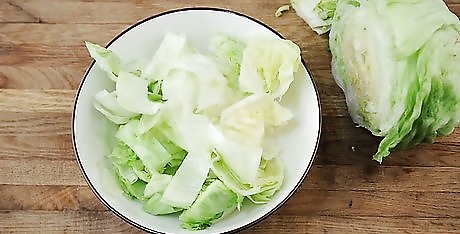
Pick iceberg, butter, or romaine lettuce to make a classic salad. These options are great because they add a crunch to your salad and they contain some vitamins and minerals, but they also won’t overpower your plate with any one particular flavor. Always rinse off lettuce before you use it. Use a salad spinner to rinse and dry your lettuce, or simply run the leaves under water and gently pat them dry with a clean paper towel. You can buy pre-cut lettuce from the store, or you can buy whole bunches of lettuce. If you buy a bunch, rinse off the leaves and either tear them into bite-sized pieces by hand, or use a clean knife and cutting board to chop them up.
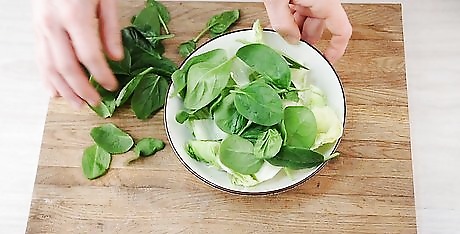
Pick leafy kale, arugula, or spinach for a flavorful, nutrient-dense base. If you’re looking for a salad base that’ll have more antioxidants, vitamins, and minerals, look for greens that are darker in color. Kale, arugula, purslane and spinach are all great options that will create a hardy base for the rest of your salad ingredients. Arugula has a peppery flavor. Raw kale can be tough to chew. Use baby kale for a softer option, or cut away and discard the stems from kale leaves to make them easier to eat.
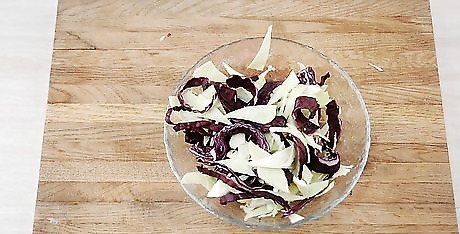
Make a cabbage slaw for a crunchy, colorful base for your salad. Use red and green cabbage. Buy pre-sliced bags from the store, or use a knife and cutting board to chop up the cabbage into ⁄4 in (0.64 cm) slices. Toss the slaw in a vinegar-based dressing, or simply leave it plain and add in the other salad ingredients. The most common cabbages are the cannonball cabbage and the red cabbage, but you can also use bok choy, napa cabbage, savoy cabbage, and January king cabbage. Check out the produce section at your grocery store to see what options are available.
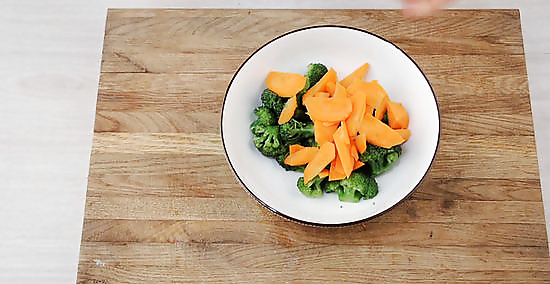
Prepare a broccoli and carrot slaw for a robust base for your salad. Use fresh broccoli and carrots, rather than steamed or frozen. Rinse them off before you cut them, then slice them into slivers, or use a mandoline to shave off thin pieces. This is a great option if you want to enjoy salads but don’t love the texture or flavor of lettuce or cabbage. You could also incorporate shaved Brussels sprouts or even radishes, just depending on what you have in your fridge.
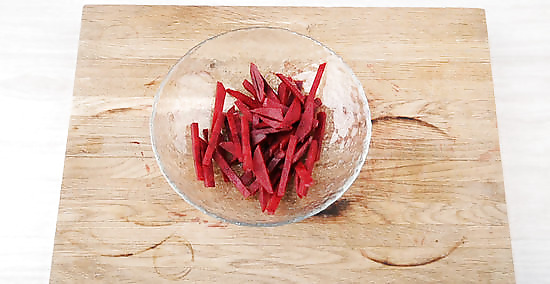
Create a deep-purple beet base if you like a sweeter salad. Beets are slightly sweet and they’re packed with lots of vitamins and minerals, like Vitamin C, fiber, and folate. Use raw beets for a crunchy option, or roasted beets for a smoky-sweet bed for the rest of your ingredients. The flavors of goat cheese and arugula pair really well with beets.
Adding Toppings
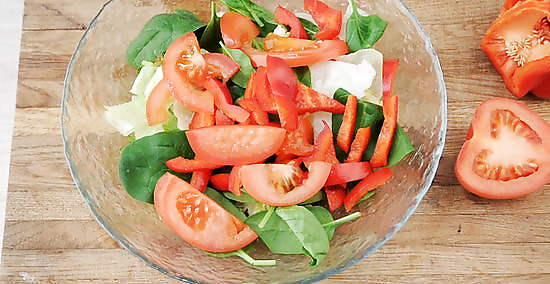
Use fresh veggies in your salad for a nutritious addition. Asparagus, bell peppers, broccoli, Brussels sprouts, carrots, corn, cucumber, mushrooms, snap peas, tomatoes, and turnips all make great additions to your salad. Choose your favorites, rinse them off, and cut them up into bite-sized pieces. You can also try steaming or roasting your vegetables if you’d like a softer texture and more robust flavor, though raw vegetables contain the most vitamins.
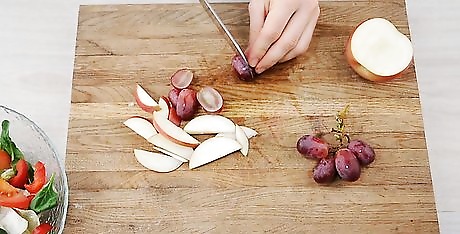
Put fresh or dried fruits onto your salad for a sweet flavor. Berries, apples, oranges, dried cranberries, raisins, watermelon, grapes, mango, and even avocado make wonderful, sweet additions to your salad. Plus, they are full of antioxidants! If you’re using fresh berries or fruits without a peelable skin, make sure to rinse them before adding them to your salad. If you can peel away the skin from the fruit, you don’t need to worry about rinsing it. Be cautious of adding too many dried fruits to your salad, as they can be high in sugar.

Sprinkle cheese on your salad for a decadent, salty flavor. Add fresh parmesan, cheddar, feta, mozzarella, blue cheese, goat cheese, or any other cheese you love to your next salad. Use 1 to 2 ounces (28 to 57 g) per serving, and crumble it overtop of the salad base. If you buy blocks of cheese, use a cheese grater to shred it.
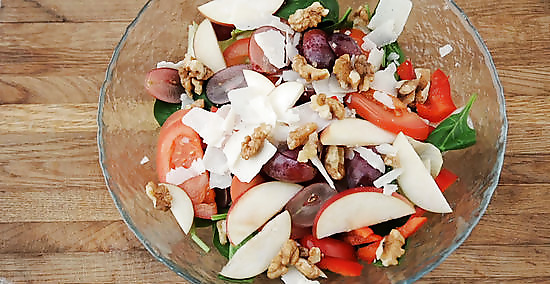
Add omega-rich nuts for a crunchy texture in your salad. Walnuts, almonds, cashews, sunflower seeds, pecans, pistachios, and pine nuts are tasty options. Not only do they add some crunch to your plate, they also provide healthy fats and other essential nutrients. Apart from using unflavored nuts, there are lots of flavored varieties out there, from sweet pecans to spicy pistachios.
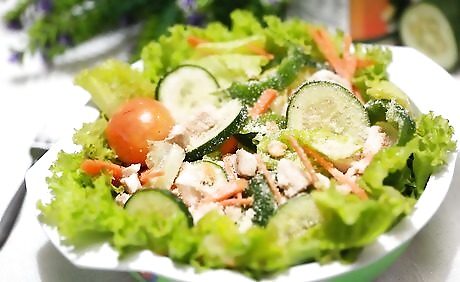
Put grains, beans, lentils, or chickpeas on your salad for a filling meal. Salads don’t have to be just lettuce and vegetables. Make your salad the main component of your next meal by adding a small portion of rice, quinoa, couscous, black beans, lentils, chickpeas or any other type of legume you like. This is also a great way to use leftovers. If you have pasta or rice or some kind of grain dish leftover from another meal, use it to top off the next salad you make.
Incorporating Protein
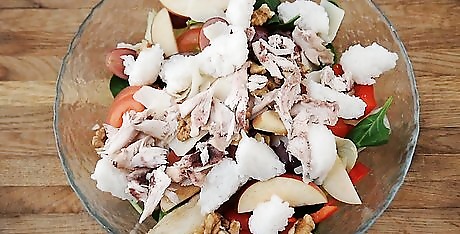
Complete your salad with grilled chicken or steak for a versatile topping. Use leftovers if you have them to make a quick meal, or prepare the meat right before you eat. Chicken and steak add a lot of protein, and they’re fairly inexpensive options, depending on what kind of steak you purchase. You can also use shredded or baked chicken, just depending on what you have available.
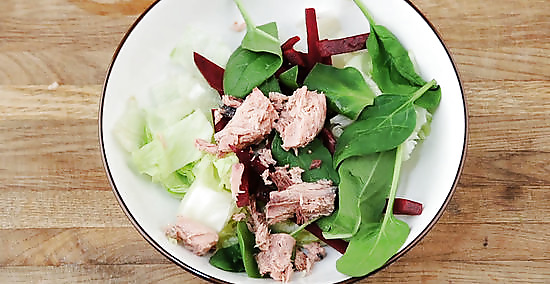
Add tuna for a quick and easy addition of protein to your salad. Canned or packet-tuna is already cooked, making it an easy way to add more protein to your meal. If the tuna comes in oil, make sure to drain it before putting it on your salad. You could even make a quick tuna salad with mayonnaise, celery, and relish.
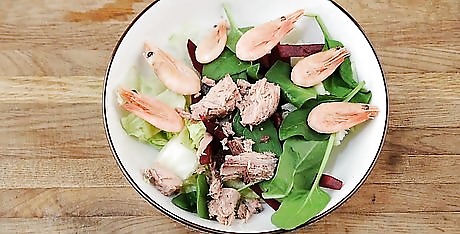
Pick shrimp for a low-calorie protein. You can buy ready-to-eat shrimp from the grocery store, or get raw shrimp and sauté it on the stovetop for 5 to 7 minutes. Add the shrimp to your salad and pair it with your favorite toppings and salad dressing for a delicious meal. If you’re using frozen shrimp, make sure to follow the package’s instructions to safely and thoroughly thaw it before you use it.
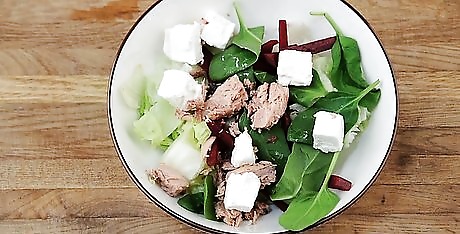
Use tofu for a protein-packed vegetarian option on your next salad. Try lightly frying some tofu to make it crispy, or you could even marinate it overnight in your favorite sauce to give it some extra flavor. Firm or extra-firm tofu is best for sautéing or frying on the stovetop. Silken tofu is soft and crumbles easily, which makes it a good raw addition to your salad.
Picking a Salad Dressing

Make your own salad dressing to control what you eat. Store-bought dressings are great and convenient, but if you have allergies or are concerned about additives and preservatives, making your own dressing is a nice way to know exactly what you’re eating. From a simple vinaigrette to a creamy Caesar, don’t be afraid to try your hand at making salad dressings. Write down your recipes if you create your own from-scratch mixtures! That way you’ll be able to replicate them easily in the future. Try making a red wine vinaigrette by combining ⁄2 cup (120 mL) of red wine vinegar, 3 tablespoons (44 mL) of lemon juice, 2 teaspoons (9.9 mL) of honey, 1 cup (240 mL) of olive oil, and salt and pepper. Simply stir or shake everything together.
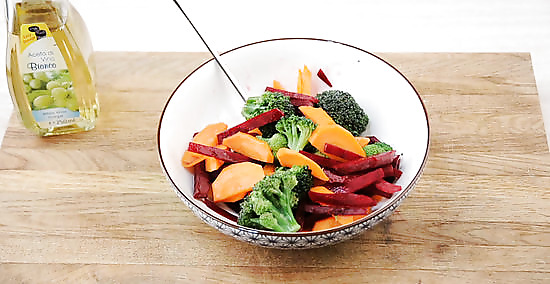
Opt for the convenience of a store-bought salad dressing. If making your own dressing sounds tedious, don’t despair! Your local grocery store has dozens of varieties and brands you can choose from. Check out the nutritional information on the back of the package, or pick a trusted brand. Always keep store-bought salad dressing in the fridge after it has been opened.
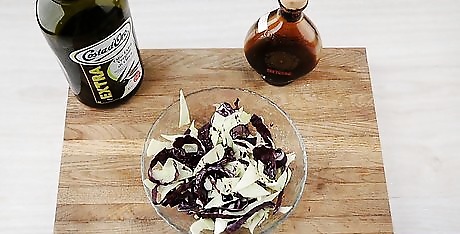
Keep things simple by using olive oil and balsamic vinegar. If you want to let the other salad ingredients shine, try drizzling a little bit of olive oil and balsamic vinegar over your next salad. The olive oil provides a nice subtle flavor, and the balsamic vinegar gives the salad a fresh and tangy kick. You can also shake a little salt and pepper onto your salad if you’d like.
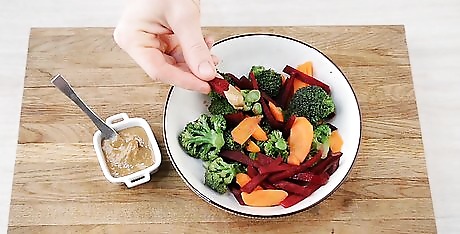
Use a creamy, non-traditional sauce in lieu of dressing. Salads don’t always have to include a dressing! A sauce or dip like hummus, guacamole, or tahini can add a creamy element to your salad. Try foregoing the dressing on your next salad and substituting a dip or spread instead. Even salsas can make great “dressings.”
















Comments
0 comment